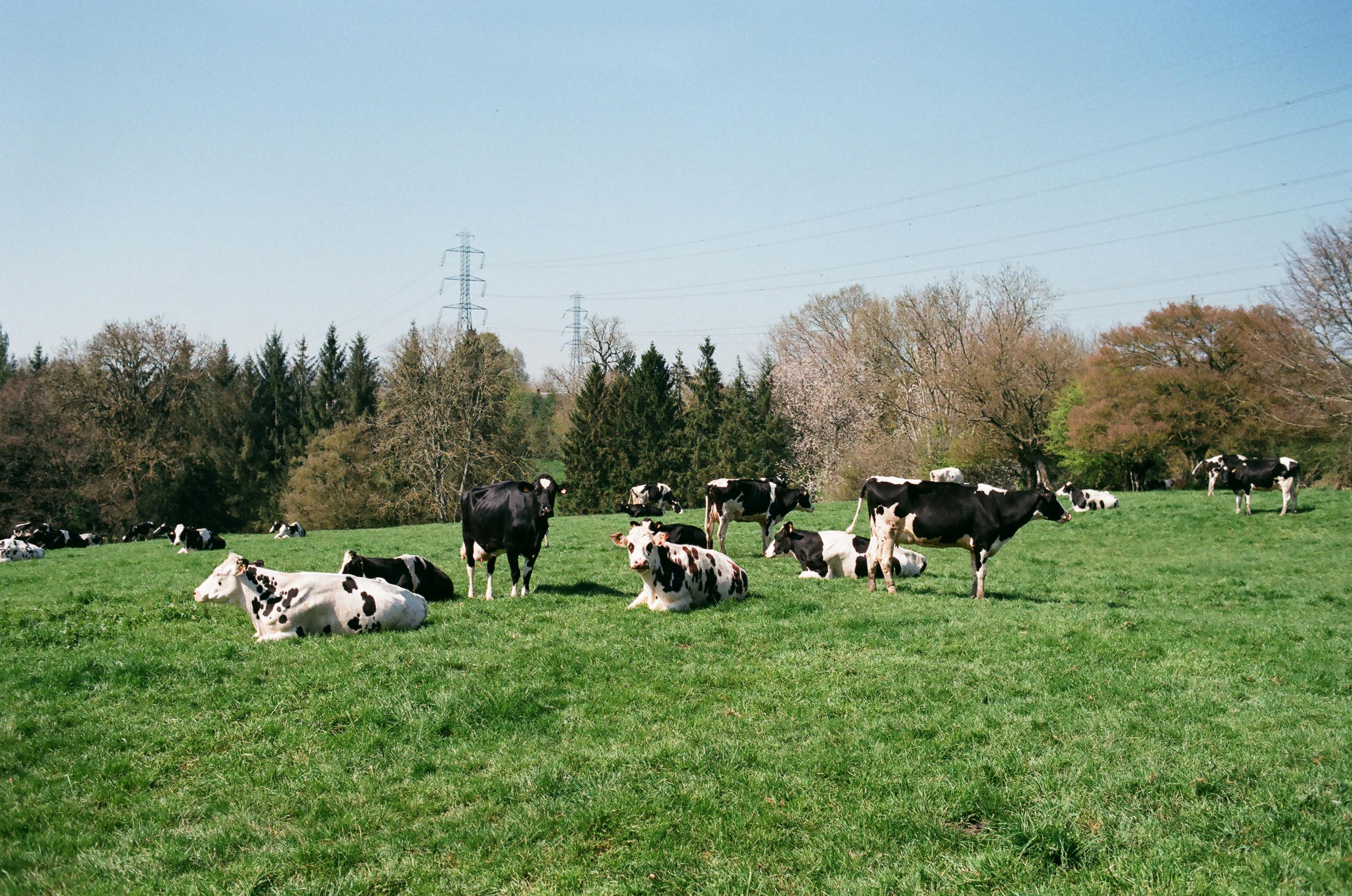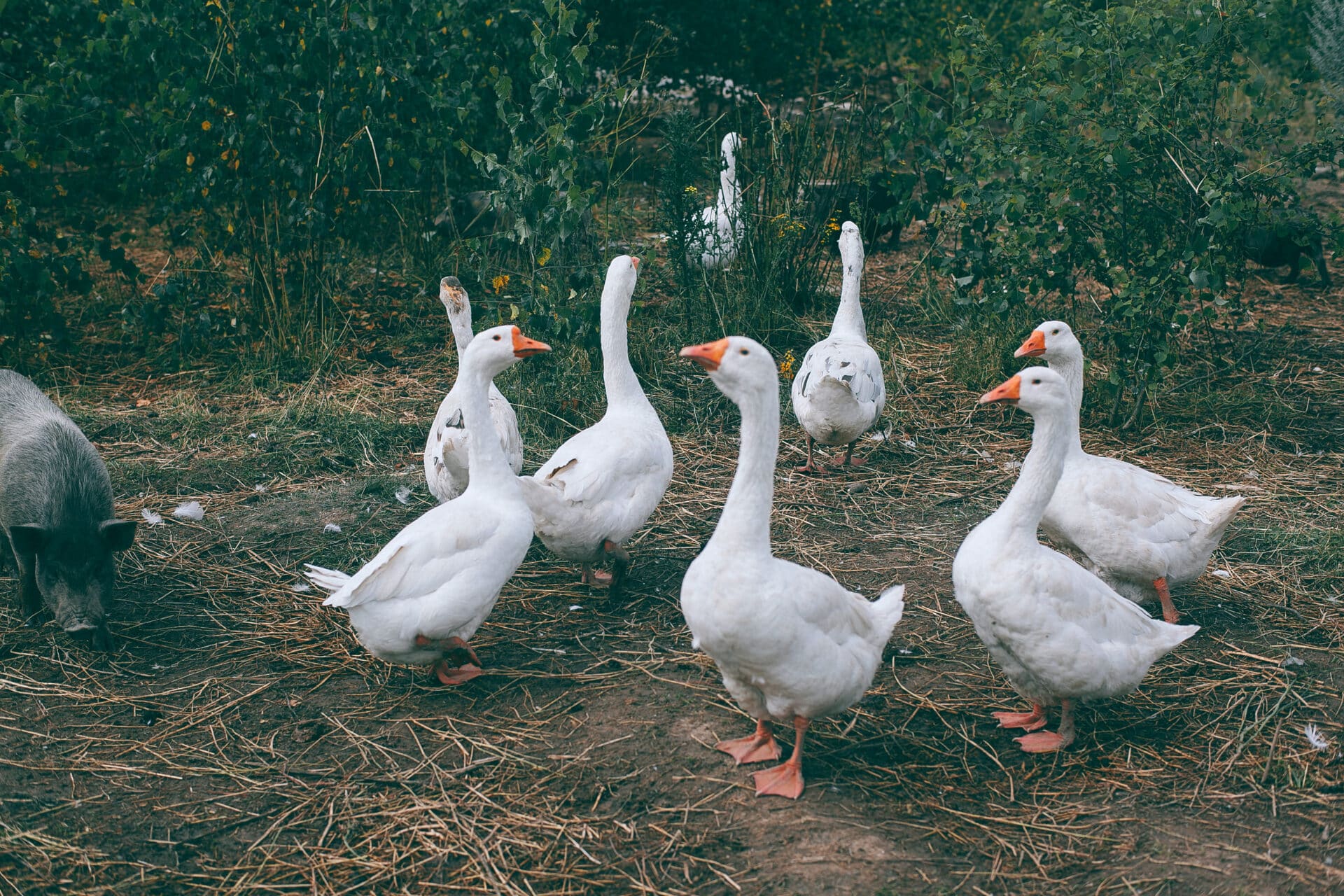Strawberries are a delectable and versatile fruit that many people enjoy. Did you know that one strawberry plant can produce an impressive number of strawberries? Depending on the variety, one plant can produce anywhere from one pint to several quarts of fruit. Knowing how many strawberries grow on one plant can help you decide how many plants to include in your garden and how much space you need to accommodate them.The answer to the question “How many strawberries grow on one plant?” is that it depends. On average, a single strawberry plant can produce between 10-20 berries over the course of a season, but this number can vary depending on the variety of strawberry and the growing conditions.
Soil Type
The type of soil can affect the yield of strawberries from one plant. Different types of soil can provide different levels of nutrients, which can influence the growth and development of the plant. Sandy loam soils are often considered ideal for growing strawberries, as they have good drainage and provide ample nutrients. Clay soils hold too much water and lack sufficient drainage, while sandy soils tend to be low in nutrients and difficult to work with.
Fertilizers
Fertilizers play an important role in increasing the yield from a single strawberry plant. Applying fertilizers helps increase the amount of nitrogen, phosphorus, and potassium available to the plant, which enhances its growth and productivity. Fertilizers should be applied at least twice a year, preferably in spring and summer months when strawberry plants are most active.
Moisture
Adequate moisture is necessary for optimal strawberry growth and yield. Too much or too little water can lead to reduced yields or even death of the plant. Watering should be done regularly during dry periods to make sure that the soil remains moist but not saturated with water. It is also important to avoid excessive irrigation during rainy periods as this could lead to root rot or fungal diseases.
Temperature
Temperature plays an important role in determining strawberry yield from one plant. Generally speaking, warm temperatures facilitate faster growth and higher yields than cold temperatures do. In addition, temperatures that are too hot or too cold can negatively affect fruit production, as both extremes can cause flowers or fruits to drop prematurely. Thus, it is important for growers to pay attention to temperature fluctuations throughout the growing season in order to ensure optimal yields from their plants.
Average Number of Strawberries Grown On One Plant
Strawberries are one of the most popular fruits in the world. They are delicious and packed with vitamins, minerals, and antioxidants that make them a great addition to any diet. But how many strawberries can you get from one plant? The answer varies depending on the variety of strawberry, the climate, and other factors.
Generally speaking, a mature strawberry plant will produce between 1-2 quarts of strawberries per season. However, some varieties can produce up to 3 quarts or more in ideal conditions. The amount of sunlight the plant receives is also important; plants that get more exposure to sunlight will produce more fruit than those that receive less light.
The size of the berries is also a factor in how many you can expect from one plant. Smaller varieties tend to have fewer berries on each plant than larger varieties, though some small-fruited varieties can still produce up to a quart per season. Additionally, different types of soil will affect how well the plants grow and how many strawberries they yield; sandy or loamy soils are better for strawberry production than clay soils.
Overall, it’s difficult to say exactly how many strawberries an individual plant will produce as it depends on so many factors. However, you can expect between 1-2 quarts per season for most varieties grown in ideal conditions with adequate sunlight and good soil quality.
Advantages of Growing Strawberries On One Plant
Growing strawberries on one plant provides numerous advantages for both the gardener and the strawberry plant itself. For starters, it eliminates the need for multiple plants, which can be difficult to manage. A single plant will take up less space in the garden or container, and it can also be easily maintained. Furthermore, a single plant will produce a larger yield of fruit than multiple plants, due to the fact that all of the energy is focused on one area.
The maintenance and harvesting process is also simplified when growing strawberries on one plant. All of the fruit is concentrated in one place and there is no need to search for fruit from multiple plants. This makes harvesting easier and more efficient since all of the fruit can be collected at once. Additionally, a single strawberry plant can be pruned more easily than multiple plants, resulting in healthier growth overall.
Finally, growing strawberries on one plant helps to reduce risk of disease transmission between plants. When multiple plants are grown together, any diseases or pests that affect one plant can quickly spread to others nearby. By focusing on one plant only, this risk is greatly reduced since there are no other plants close by for disease or pests to spread too. This helps keep your strawberry crop healthy and productive year after year.
Factors That May Limit Strawberry Production From One Plant
Strawberries are a popular fruit that can be grown in many different climates. Unfortunately, there are several factors that can limit the amount of strawberries produced from one plant. Poor soil quality, insufficient water, pests and disease, and environmental factors can all contribute to decreased strawberry yields.
Poor soil quality is one of the most common issues that can prevent plants from producing adequate amounts of fruit. Soil should be well-draining and rich in organic matter such as compost or manure in order for strawberry plants to thrive. If the soil is too sandy or clay-like, it will not provide enough nutrients for the plant to produce an abundance of strawberries.
Inadequate water is another factor that may limit strawberry production from one plant. Strawberries need regular watering throughout the growing season in order to produce good yields. If the plant does not receive enough water, it will not be able to produce as much fruit as it otherwise would have with adequate watering.
Pests and diseases can also affect the amount of strawberries produced from one plant. Insects such as aphids, slugs, and other pests can feed on the leaves and flowers of the strawberry plants, reducing their ability to produce a high yield of fruits. Diseases such as gray mold and crown rot can also cause significant damage to strawberry plants if they are left unchecked.
Finally, environmental factors such as temperature fluctuations and extreme weather conditions can also negatively affect how many strawberries a single plant produces. High temperatures during flowering can reduce pollination rates while excessive rain or drought can inhibit growth and fruiting capabilities of strawberry plants.

Water Requirements for Strawberries Grown On One Plant
Strawberries are a popular fruit that can be grown in a variety of climates and soils. However, to ensure the best results when growing strawberries on one plant, it is important to understand the water requirements for this particular crop. Strawberries require at least 1 inch of water per week to maintain healthy growth and production. This amount of water can be provided through either natural rainfall or through manual irrigation. If manual irrigation is necessary, it is recommended that the soil be watered deeply and evenly for best results. Additionally, during periods of extreme heat or drought, additional watering may be necessary to ensure optimal growth and production. For best yields, it is important to ensure that the soil remains moist but not soggy at all times.
In addition to regular watering, it is also important to consider other factors such as soil fertility and temperature when growing strawberries on one plant. Soil fertility should be monitored regularly to ensure that there are adequate amounts of nutrients available for the plant. Additionally, adequate temperatures must also be maintained in order for the strawberry plants to thrive. In general, optimal temperatures range from 65-75 degrees Fahrenheit during the day and 55-65 degrees Fahrenheit at night.
Finally, proper pruning techniques should also be employed when growing strawberries on one plant in order to maintain optimal size and shape of the plant as well as encourage new growth. Pruning involves removing dead or diseased leaves as well as thinning out excess foliage in order to allow more sunlight and air circulation around the plants. Proper pruning will help keep your strawberry plants healthy and productive throughout their growing season.
Nutrient Requirements for Strawberries Grown On One Plant
Strawberries are a popular fruit that can be grown in many different climates. When growing strawberries on one plant, it is important to provide the right amount of nutrients to ensure optimal growth and development. The type and amount of nutrients that strawberries need will depend on the variety of the plant, as well as the soil type and climate. In general, however, strawberries need nitrogen, phosphorus, potassium, calcium, magnesium, sulfur, and a wide range of micronutrients.
Nitrogen is an essential nutrient for the growth of all plants and is especially important for strawberry plants. Nitrogen helps in photosynthesis and encourages vegetative growth. Too little nitrogen can stunt the growth of the plant while too much can lead to excessive leafy growth with less fruit production.
Phosphorus is essential for root development and helps in flower production. Without adequate phosphorus levels, flowers will be smaller and fewer in number than normal. Potassium also plays an important role in flower production as it helps regulate plant metabolism and promotes strong root development.
Calcium helps with cell division and plays an important role in flowering and fruit formation. Without adequate calcium levels, new fruits may not form properly or may not reach maturity before they are harvested. Magnesium helps with photosynthesis and encourages vigorous vegetative growth which benefits flowering and fruit formation.
Sulfur aids in protein synthesis which encourages strong plant growth overall as well as beneficial bacteria activity within the soil. Micronutrients such as iron, zinc, boron, manganese, copper, molybdenum are also required by strawberry plants but usually occur naturally within soil so additional fertilization is not always necessary unless deficiency symptoms occur or soil tests are conducted that indicate otherwise.
In conclusion providing adequate nutrients for strawberry plants grown on one plant is important for optimal growth and development of the fruit crop produced from them . A balanced fertilizer that contains sufficient amounts of nitrogen phosphorus , potassium , calcium , magnesium , sulfur , as well as micronutrients should be applied when needed to ensure healthy strawberry plants .
Temperature Requirements for Strawberries Grown On One Plant
Strawberries are one of the most popular fruits and can be grown on one plant, making them a great option for home gardeners. There are important temperature requirements for strawberries grown on one plant to ensure that the plant is healthy and productive. The ideal temperature range for strawberries is between 55°F and 85°F. Temperatures outside of this range can inhibit the growth of the plant, leading to stunted growth or even death.
When temperatures reach above 85°F, the plants become more susceptible to disease and insect infestation due to increased stress on the plant. At these higher temperatures, it is important to provide extra water and fertilizer to help keep the plant healthy. In addition, providing some shade or using a sun-blocking material such as shade cloth can help protect the plant from excessive heat.
On the other hand, temperatures below 55°F can also be detrimental to strawberry plants. Cold temperatures can cause flower buds and young fruit to drop from the plant before they have a chance to develop properly. If temperatures drop too low, it may be necessary to use some form of protection such as frost cloth or row covers in order to protect the plants from low temperatures.
It is important that gardeners monitor their strawberry plants closely in order to ensure that they are receiving adequate amounts of both heat and cold protection depending on the temperature in their area. With proper care and monitoring, gardeners can enjoy a bountiful harvest of delicious strawberries!

Conclusion
The number of strawberries that grow on one plant can vary greatly depending on the variety, the environment, and the health of the plant. In general, you can expect anywhere from a few dozen to several hundred berries per plant. Growing conditions are key when it comes to increasing yields, so taking proper care of your plants is essential. Planting multiple varieties and timing your harvest for optimal sweetness will help you maximize your harvest and enjoy some delicious strawberries.
No matter how many strawberries you are able to grow, they will undoubtedly be a welcome addition to any kitchen garden. With their bright colors, sweet flavor and numerous health benefits, they are sure to bring joy to everyone who gets to eat them.



